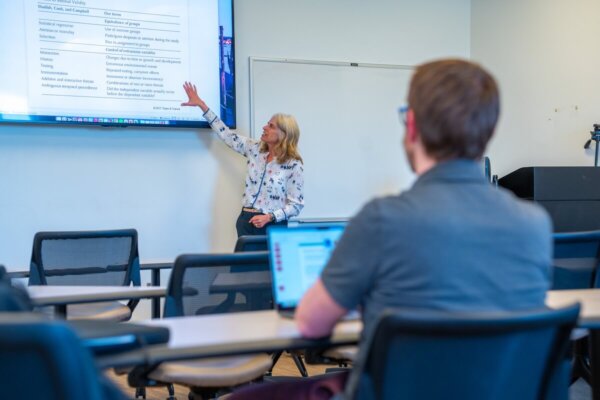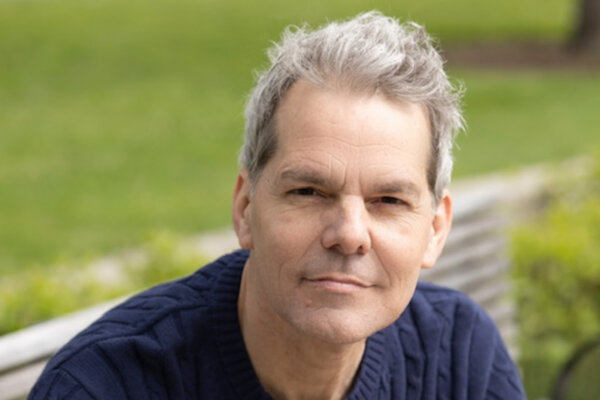Women’s Cross Country Is Running Strong
Shenandoah’s Team Makes Regional Top 10 NCAA Rankings

Shenandoah University’s women’s cross country team has run straight into the Top 10 rankings for NCAA DIII teams in the South Region.
The NCAA South Region encompasses Virginia, Florida, Louisiana, Tennessee, South Carolina, North Carolina, Georgia, Mississippi, and Alabama, and includes 45 colleges and universities that sponsor cross country as an NCAA sport. Shenandoah is the region’s northernmost program, said Shenandoah track and field and cross country head coach Andrew B. Marrocco.
Shenandoah’s program has finished in the Top 10 in the NCAA regional championships six times since 2008, including a 9th-place finish in 2019 and 10th in 2021. “2010 (Amy Smith ’12) and 2021 (Erin Atkinson ’21, ’23) were the only two years where SU had an NCAA National Championship qualifier,” Marrocco added. Regional championships are scheduled on Nov. 12.
This weekend, the team is set to compete at the Inter-Regional Border Battle in Glassboro, New Jersey, where teams from seven districts will be represented.
While the rankings are impressive, they don’t have any bearing on national qualification, according to Marrocco. “We could be ranked #1 all season long, but if we do not run well at the actual regional championship, we do not move on to nationals,” he said. “The rankings help teams, fans, etc., understand how well a team is doing since cross country doesn’t have a win-loss record like most other sports have.”
That said, he added that he believes the team’s current success is all down to the team’s camaraderie. “Shenandoah has a very committed group of young women that work together, support each other, and push for their common goals,” he said. “Makenna Thrush ’25, our cross country women’s captain, as well as overall track and field program captain, began having weekly Zoom meetings in the summer with the team to discuss the goals they wanted to achieve. They unanimously agreed that these were the goals they were going to go after, so it was then my job to get them there. We have individual meetings each week discussing upcoming workouts, previous race execution, and progress toward goals. They are true students of their sport, often asking me about training theory, human physiology, and how to better understand why we do particular workouts instead of others. In doing so, they trust me more, trust themselves more, and strengthen their belief in the direction we are heading.”





